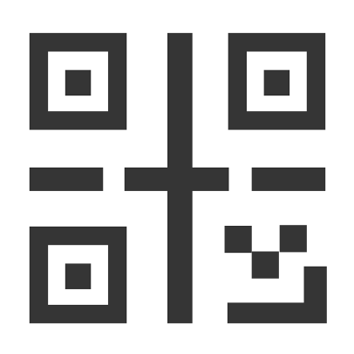Mycoplasma Pneumonia Sweeping Schools - Smart Parents Take Action
Recently, Mycoplasma pneumonia has been spreading rapidly in schools across various regions, leading to a surge in infection cases. But what exactly is Mycoplasma pneumonia, and how should parents respond?
Mycoplasma pneumonia is the primary cause of community-acquired pneumonia in children aged 5 and above in China, accounting for 10% to 40% of cases among hospitalized children with community-acquired pneumonia. Regional epidemics occur every 3 to 8 years.
Susceptible Population: It is most common in children aged 5 and above, but children under 5 years old can also contract the disease.
Clinical Symptoms: The main clinical symptoms include cough and fever, often accompanied by headaches, runny nose, sore throat, and earache.
Transmission: It spreads through respiratory droplets.
Incubation Period: 2-3 weeks
Diagnosis: Mycoplasma pneumonia can be diagnosed based on clinical symptoms and lung CT imaging findings, in combination with any one or both of the following criteria:
1) Single serum Mycoplasma pneumoniae antibody titer ≥1:160 (by PA method); a fourfold or greater rise in Mycoplasma pneumoniae antibody titer during the course of illness.
2) Positive Mycoplasma pneumoniae DNA or RNA detection.
Nebulization Therapy: Nebulization therapy involves converting a medication solution into tiny particles, allowing it to enter the respiratory tract directly, rapidly relieving symptoms, and promoting recovery (explained beside Figure 1).
Nebulization vs. Conventional Therapy
Rapid Onset: Nebulization therapy acts directly on the local inflammation, which is more direct compared to methods such as intravenous infusion, oral medication, or injections. This avoids the need for absorption through the bloodstream or the digestive system, leading to quicker results.
Fewer Side Effects: Medications bypass the digestive system, reducing irritation to the gastrointestinal tract and lowering the potential for systemic adverse reactions.
Ease of Use: Nebulizers are user-friendly and can be used at home. They eliminate the need for frequent hospital visits, reducing the risk of cross-infection.
Which Nebulizer is Suitable for Your Child?
Compressor Nebulizer: This is a common nebulization device that uses compressed air to atomize the medication solution into aerosol particles. It is known for its effective nebulization, ease of cleaning, and versatility. Due to its ability to adjust nebulization rate and simplicity of operation, it is favored by home users.
Mesh Nebulizer: An advanced nebulization device that utilizes mesh technology to create micrometer-sized particles from the medication solution through high-frequency vibration. This enables better delivery to the respiratory tract. Compared to traditional compressor nebulizers, mesh nebulizers have a smaller footprint, produce less noise, and are equally suitable for home use.
Please consult with a healthcare professional to determine the most suitable nebulizer for your child's specific needs.





